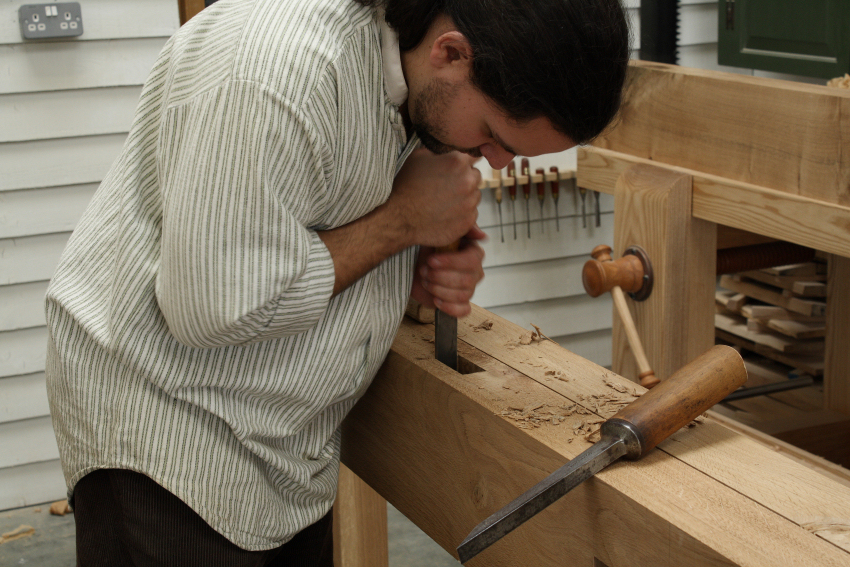mtr1
Established Member
The weird thing about my set up now is, I use a cabinetmakers bench as a tool shelf/junk pile with a bit ( and I mean a bit) of space around the vice, and a 8x4 setting out bench as my work bench (made from pine and mdf). I just prefer the size I think, I might even get rid of the bench and install a shelf in its place :shock: I think a softwood laminated top would be more than adequate, I used reclaimed hardwood on mine at the time, because that was available cheap.





